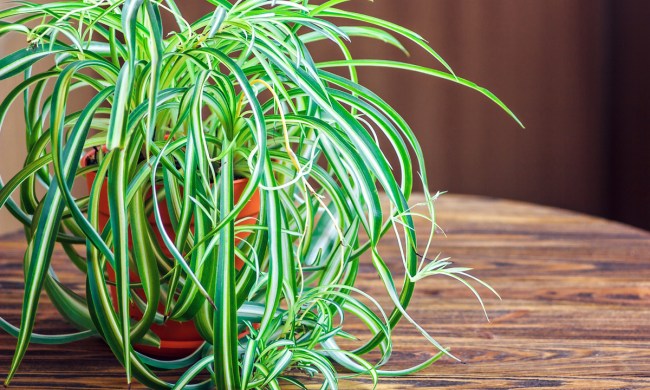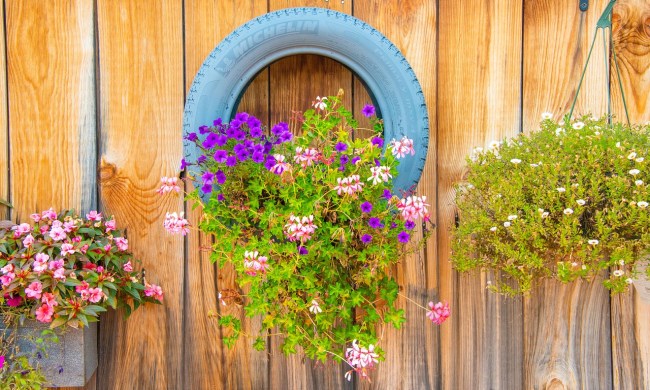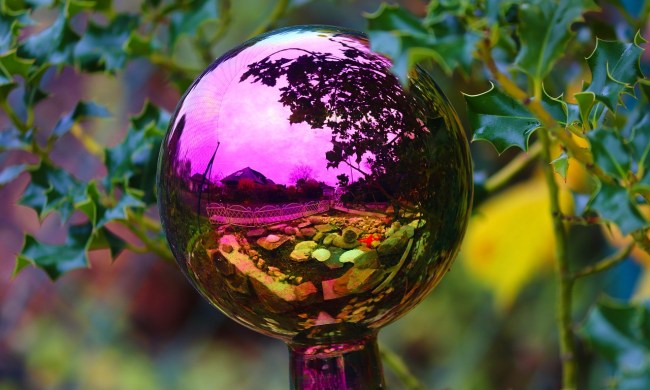If you want to incorporate greenery and plants into your home, air plant terrariums are a great way to add something more to your decor. Air plants, often referred to as tillandsia, are epiphytes that attach to other plants or a material layer to support themselves. These plants are simple and low-maintenance living plants that can spruce up your indoor space. They’re more than a trendy plant; their versatility allows them to be styled in many different ways, including in terrariums. But selecting the suitable base for your terrarium can be challenging, given it needs to not only meet your style expectations but proper functionality for your plants to survive. Therefore, let’s explore how you select the best base for your air plant terrarium.
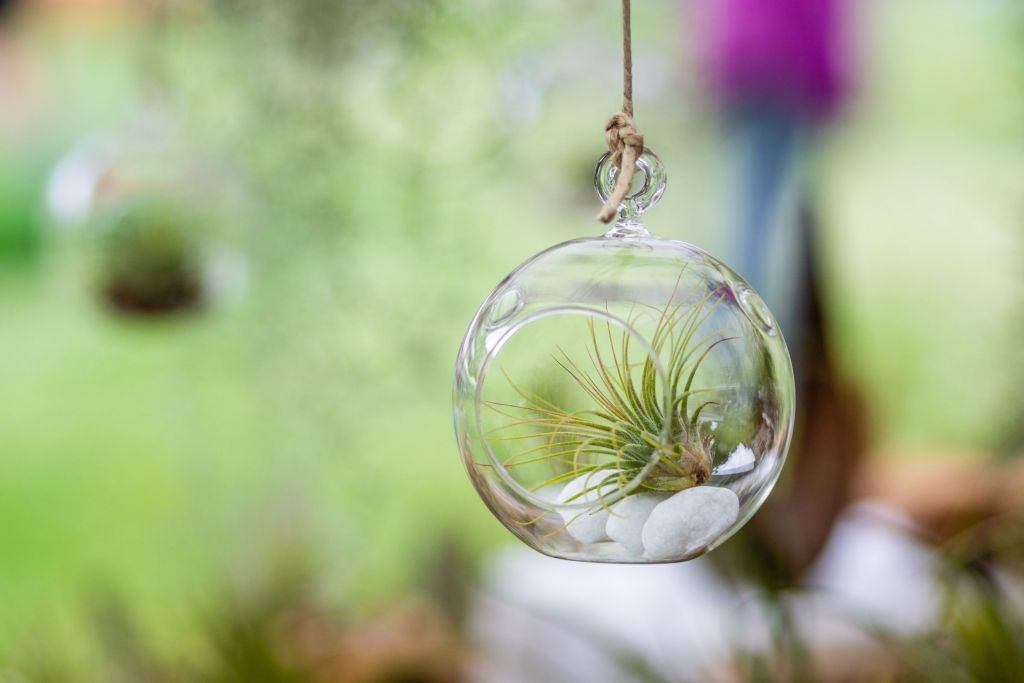
Benefits of air plant terrariums in the home
When utilizing air plant terrariums as a decor choice, there can be countless benefits. Firstly, these types of plants are aesthetically pleasing to the eye and can make any space in the home look and feel more fresh and lively. Furthermore, air plant terrariums can also add a pop of color, especially to rooms with a neutral color scheme.
There are more than just design benefits to these air plant terrariums. One of the most important reasons to bring air plants into the home is that they also often purify the air you breathe. Many scientists have reported that tillandsia and a variety of other plants are capable of removing mild airborne contaminants and chemicals from their environment. Being surrounded by greenery can also help you feel more relaxed, calm, and possibly more productive.
Elements to consider when choosing a base
Before choosing the base that’ll work best for your air plant terrariums, there are several elements to consider, as choosing the right terrarium is important for the health of your air plants. While there are plenty of unique containers to choose from, ensure that the container is made of a transparent material so you can look in at your plant display.
Additionally, terrarium containers should include an opening large enough for the gardener to access the plants while also letting the plants have proper airflow. Tillandsias are different from other common terrarium-based plants because they don’t require soil.
Also keep in mind how you want to display the terrarium — whether it will be sitting on a tabletop or hanging in a window. The last thing you’d want is for a hanging terrarium to fall because the base weighed too much.
Below are some of the best terrarium base options for tillandsias:
- Moss – Moss is ideal for hanging terrariums since it isn’t as heavy. It’s also less likely to shift around in the vessel if the hanging terrarium sways slightly.
- Small bark or driftwood – Utilizing small pieces of bark or driftwood is ideal for a rustic look while being a more lightweight option as well. Look for bark or driftwood from non-invasion sources rather than from outside to protect your plant from the potential of pests.
- Sand – Using sand is an excellent option for tabletop terrariums, given its weight. Sand also retains moisture longer than other options while giving your tillandsias a subtle beachy feel to them.
- Small pebbles – Another good option for a tabletop terrarium is small pebbles, as it allows a rocky yet stable surface for the air plants to sit on securely.
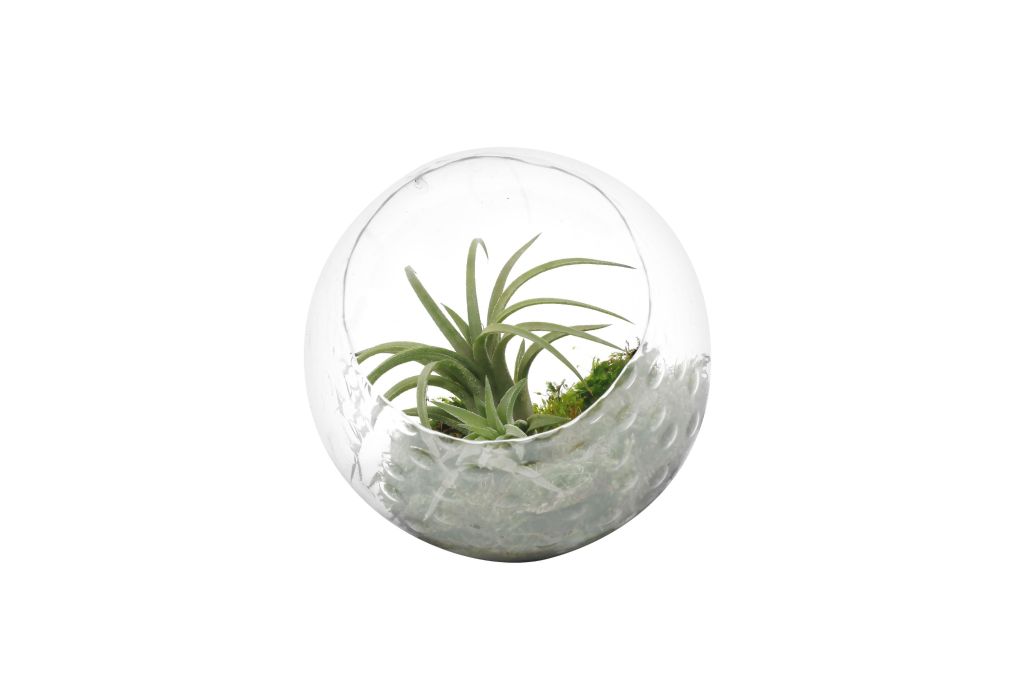
When choosing your base material for your air plants, you’ll want to ensure a proper environment for your plants. Given that air plants don’t require as much moisture as other terrarium-thriving plants, you still want to provide an optimal environment for them to survive. Choosing the suitable base does not have to be challenging or tricky, so long as you follow our simple guide.

